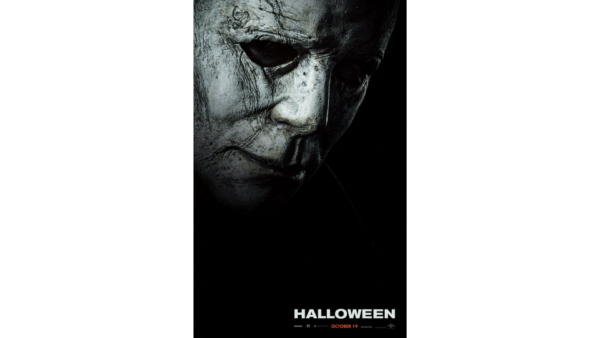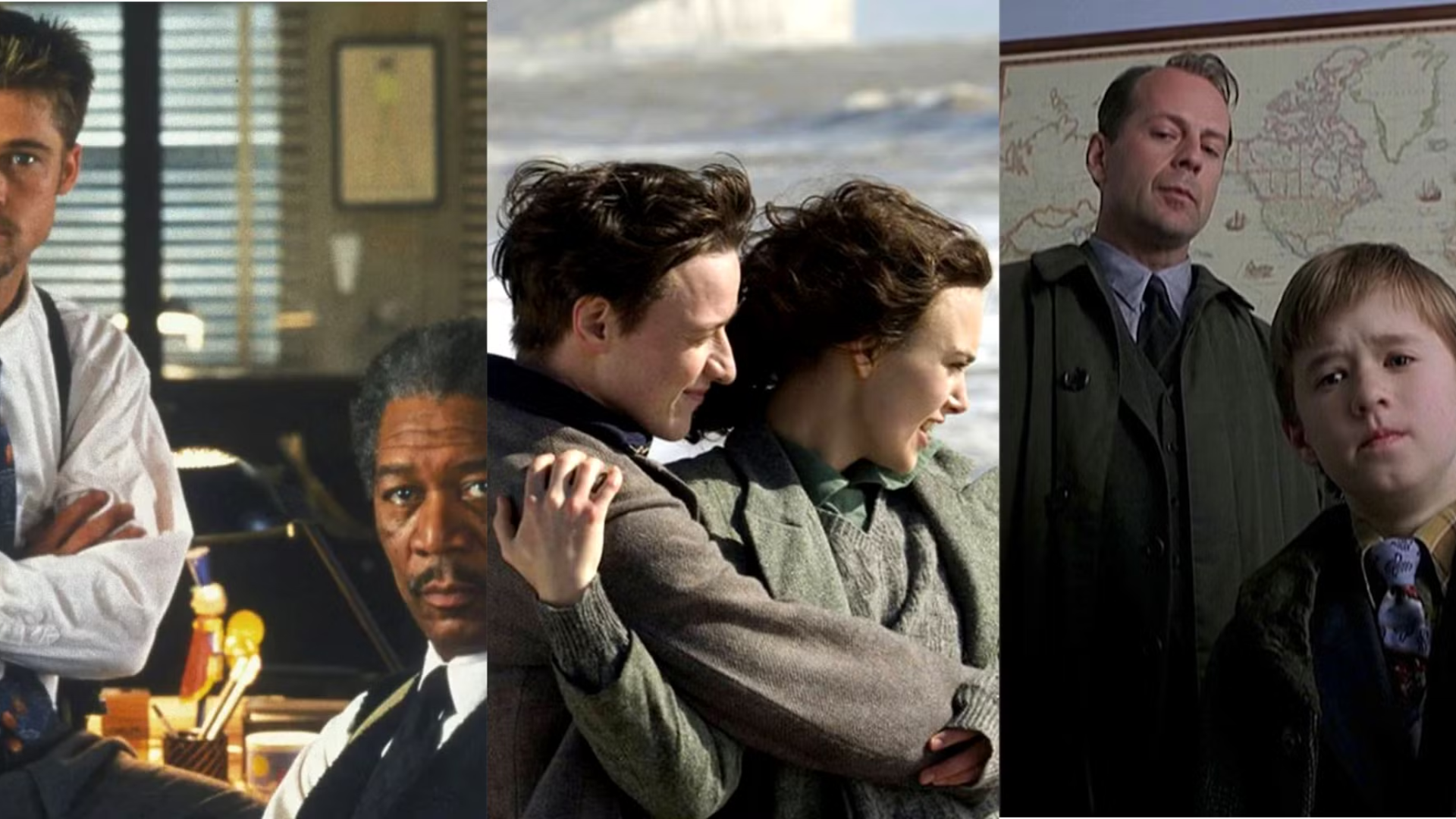How Horror Movies Have Evolved Over the Years
Introduction:
Horror movies have captivated audiences for decades, offering a thrilling escape into the unknown and the terrifying. From their early days in silent cinema to modern-day psychological thrillers and supernatural tales, the evolution of horror movies has been nothing short of remarkable. Over the years, horror films have reflected societal fears, technological advancements, and changing audience expectations. In this article, we explore how horror movies have evolved, from the golden age of monster films to the complex, genre-blending experiences we see today.
The Early Days: Monsters and Gothic Horror – How Horror Movies Have Evolved Over the Years
In the early 20th century, horror movies were heavily influenced by the gothic novels of the 19th century. The genre’s roots can be traced back to films like Nosferatu (1922), a silent film that remains a classic example of early horror cinema. The rise of Universal Studios in the 1930s marked the beginning of the “monster movie” era with iconic films like Frankenstein (1931), Dracula (1931), and The Mummy (1932). These films were heavily inspired by gothic literature, featuring creatures such as vampires, werewolves, and mummies.
While these early films were often more about atmosphere than gore, they laid the foundation for the horror genre’s popularity and established many of the archetypes that would be explored in later decades.
Image Alt Text: Nosferatu movie poster featuring the iconic vampire Count Orlok.

The 1950s-60s: Science Fiction and Creature Features – How Horror Movies Have Evolved Over the Years
The 1950s saw a shift in horror films, with the rise of science fiction horror. Influenced by the post-WWII era and the Cold War, films like The Day the Earth Stood Still (1951) and Godzilla (1954) reflected societal anxieties about atomic weapons and the unknown dangers of science. The fear of the nuclear age and the rapid pace of technological advancement gave birth to giant monster movies, alien invasions, and dystopian visions.
In the 1960s, the genre began to shift again. Films like Psycho (1960) and The Texas Chain Saw Massacre (1974) introduced more psychological horror, focusing on the darkness of the human mind rather than external monsters. These films also pushed the boundaries of violence and terror, becoming more visceral and realistic.
Image Alt Text: Psycho movie poster with Alfred Hitchcock’s iconic film.

The 1970s-80s: Slasher Films and Psychological Thrillers – How Horror Movies Have Evolved Over the Years
The 1970s and 1980s marked the golden age of slasher films. With the success of Halloween (1978), directed by John Carpenter, the slasher subgenre became a dominant force in horror cinema. These films featured masked killers stalking and murdering their victims, often with elaborate and gory death scenes. Movies like Friday the 13th (1980) and A Nightmare on Elm Street (1984) introduced some of the genre’s most famous villains, including Michael Myers, Jason Voorhees, and Freddy Krueger.
While slasher films were a major trend, the 1970s also brought more cerebral horror to the forefront. Films like The Exorcist (1973) and Rosemary’s Baby (1968) introduced supernatural horror that was both terrifying and thought-provoking. These films also explored themes of religion, power, and the fragility of the human mind.
Image Alt Text: Halloween movie poster featuring Michael Myers with his iconic mask.

The 1990s: Horror Goes Meta and Experimentation – How Horror Movies Have Evolved Over the Years
The 1990s saw horror movies take on a more self-aware, meta approach, with films like Scream (1996), directed by Wes Craven. Scream revitalized the slasher genre by poking fun at the very conventions that had made it so successful. It was both a satire and a tribute to the genre, showing how horror films had evolved over time.
At the same time, horror films began to experiment with blending genres. Movies like The Silence of the Lambs (1991) combined psychological horror with crime drama, while The Sixth Sense (1999) mixed supernatural horror with thriller elements, leaving audiences with a shocking twist ending.
Image Alt Text: Scream movie poster featuring the iconic ghostface killer.

The 2000s-2010s: J-Horror, Found Footage, and Psychological Depth – How Horror Movies Have Evolved Over the Years
The 2000s and 2010s saw the genre become more diverse and international. The rise of J-Horror (Japanese horror) brought films like The Ring (2002) and The Grudge (2004), which introduced Western audiences to ghostly horror and a more atmospheric, slow-building sense of dread.
Meanwhile, the found footage subgenre emerged with films like The Blair Witch Project (1999) and Paranormal Activity (2007), creating a more immersive experience by presenting the story as if it were real footage. These films tapped into the fear of the unknown and the idea that something horrifying could be happening right in front of us without our knowledge.
In terms of psychological horror, movies like Hereditary (2018) and The Babadook (2014) delved deeper into the emotional and mental struggles of their protagonists. These films focused on personal trauma, grief, and the horrors that arise from within, creating a more emotionally resonant form of terror.
Image Alt Text: The Ring movie poster featuring the cursed videotape.

The Present Day: Horror in the Age of Streaming and Social Commentary – How Horror Movies Have Evolved Over the Years
Today, horror movies continue to evolve, with streaming platforms like Netflix, Amazon Prime, and Hulu offering new ways for filmmakers to reach global audiences. Modern horror films not only continue to push the boundaries of fear but also serve as commentary on contemporary issues.
Movies like Get Out (2017) and Us (2019), both directed by Jordan Peele, have brought social commentary to the forefront of the genre, exploring issues like race, identity, and inequality through the lens of horror. These films have elevated the genre, showing that horror can do more than just scare—it can provoke thought and spark important conversations.
Image Alt Text: Get Out movie poster featuring the chilling social horror theme.

Conclusion
The evolution of horror movies reflects not only changes in filmmaking techniques but also shifts in societal anxieties and fears. From the early monster films to the psychological thrillers and social commentaries of today, horror movies have come a long way. As technology continues to advance and audiences become more sophisticated, we can expect the horror genre to keep evolving, offering new ways to scare, shock, and engage viewers.
If you’re looking to dive deeper into the world of horror films or explore more of their fascinating history, visit our website for more content.




